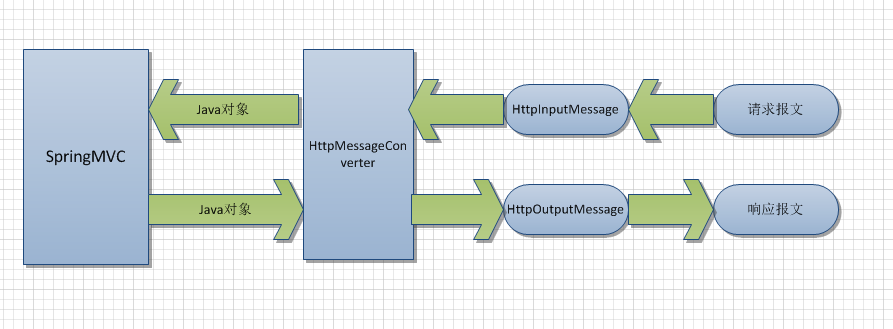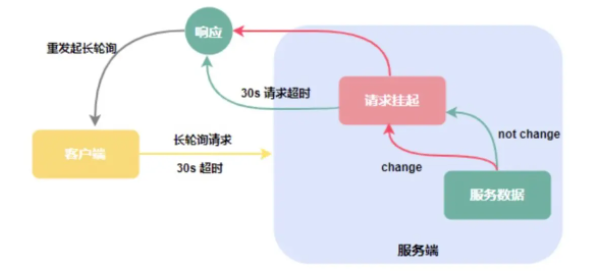Fastest way to iterate an Array in Java: loop variable vs enhanced for statement(在 Java 中迭代数组的最快方法:循环变量与增强的 for 语句)
问题描述
在 Java 中,以老式方式遍历数组是否更快,
In Java, is it faster to iterate through an array the old-fashioned way,
for (int i = 0; i < a.length; i++)
f(a[i]);
或者使用更简洁的形式,
Or using the more concise form,
for (Foo foo : a)
f(foo);
对于一个ArrayList,答案是否一样?
For an ArrayList, is the answer the same?
当然,对于大量应用程序代码,答案是它没有明显的区别,因此应使用更简洁的形式以提高可读性.然而,我正在查看的上下文是重型技术计算,必须执行数十亿次的操作,因此即使是微小的速度差异最终也可能很重要.
Of course for the vast bulk of application code, the answer is it makes no discernible difference so the more concise form should be used for readability. However the context I'm looking at is heavy duty technical computation, with operations that must be performed billions of times, so even a tiny speed difference could end up being significant.
推荐答案
如果你正在循环遍历一个数组,这无关紧要 - 增强的 for 循环无论如何都会使用数组访问.
If you're looping through an array, it shouldn't matter - the enhanced for loop uses array accesses anyway.
例如,考虑以下代码:
public static void main(String[] args)
{
for (String x : args)
{
System.out.println(x);
}
}
当使用 javap -c Test 反编译时,我们得到(对于 main 方法):
When decompiled with javap -c Test we get (for the main method):
public static void main(java.lang.String[]);
Code:
0: aload_0
1: astore_1
2: aload_1
3: arraylength
4: istore_2
5: iconst_0
6: istore_3
7: iload_3
8: iload_2
9: if_icmpge 31
12: aload_1
13: iload_3
14: aaload
15: astore 4
17: getstatic #2; //Field java/lang/System.out:Ljava/io/PrintStream;
20: aload 4
22: invokevirtual #3; //Method java/io/PrintStream.println:(Ljava/lang/String;)V
25: iinc 3, 1
28: goto 7
31: return
现在将其更改为使用显式数组访问:
Now change it to use an explicit array access:
public static void main(String[] args)
{
for (int i = 0; i < args.length; i++)
{
System.out.println(args[i]);
}
}
这反编译为:
public static void main(java.lang.String[]);
Code:
0: iconst_0
1: istore_1
2: iload_1
3: aload_0
4: arraylength
5: if_icmpge 23
8: getstatic #2; //Field java/lang/System.out:Ljava/io/PrintStream;
11: aload_0
12: iload_1
13: aaload
14: invokevirtual #3; //Method java/io/PrintStream.println:(Ljava/lang/String;)V
17: iinc 1, 1
20: goto 2
23: return
在增强的 for 循环中有更多设置代码,但它们基本上在做同样的事情.不涉及迭代器.此外,我希望他们能够 JITted 到更相似的代码.
There's a bit more setup code in the enhanced for loop, but they're basically doing the same thing. No iterators are involved. Furthermore, I'd expect them to get JITted to even more similar code.
建议:如果您真的认为它可能会产生显着差异(只有在循环体绝对微不足道的情况下,它才会永远这样做),那么您应该用您的实际应用程序对其进行基准测试.这是唯一重要的情况.
Suggestion: if you really think it might make a significant difference (which it would only ever do if the body of the loop is absolutely miniscule) then you should benchmark it with your real application. That's the only situation which matters.
这篇关于在 Java 中迭代数组的最快方法:循环变量与增强的 for 语句的文章就介绍到这了,希望我们推荐的答案对大家有所帮助,也希望大家多多支持编程学习网!
本文标题为:在 Java 中迭代数组的最快方法:循环变量与增强的 for 语句


- java.lang.IllegalStateException:Bean 名称“类别"的 BindingResult 和普通目标对象都不能用作请求属性 2022-01-01
- 在 Java 中,如何将 String 转换为 char 或将 char 转换 2022-01-01
- 未找到/usr/local/lib 中的库 2022-01-01
- 如何指定 CORS 的响应标头? 2022-01-01
- GC_FOR_ALLOC 是否更“严重"?在调查内存使用情况时? 2022-01-01
- 转换 ldap 日期 2022-01-01
- Eclipse 的最佳 XML 编辑器 2022-01-01
- 如何使 JFrame 背景和 JPanel 透明且仅显示图像 2022-01-01
- 获取数字的最后一位 2022-01-01
- 将 Java Swing 桌面应用程序国际化的最佳实践是什么? 2022-01-01









